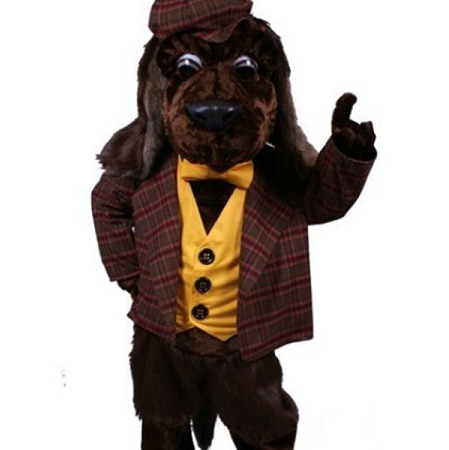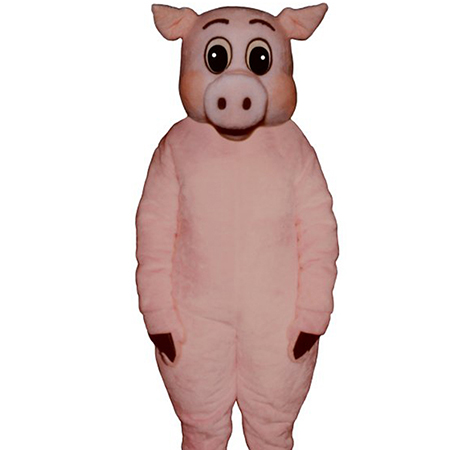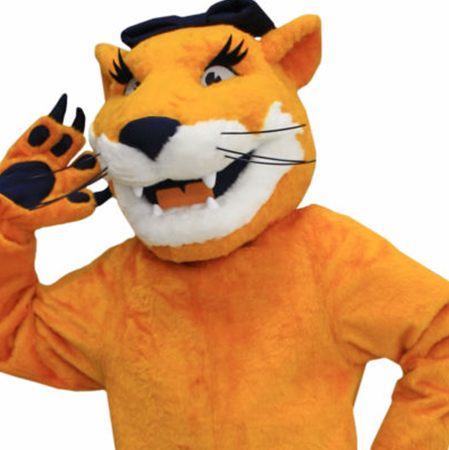The Evolution of Cartoon Mascots from the Golden Age to Today
The Golden Age of Cartoon Mascots began in the early 20th century, marked by Mickey Mouse’s debut in “Steamboat Willie” (1928). This period saw characters like Felix the Cat and Betty Boop emerge. Through the mid-20th century, mascots evolved with societal changes, introducing Yogi Bear and the Pink Panther. The late 20th and early 21st centuries brought digital advancements, leading to complex characters such as SpongeBob SquarePants and Homer Simpson, reflecting sophisticated themes and global appeal. Today, cartoon mascots transcend entertainment, symbolizing brand identity and cultural expression, while future mascots promise more interactivity and realism.




